
An entangled world Willi Geiger
The painter and graphic artist Willi Geiger had a decisive influence on the art scene of his time. Among the German Expressionists, he was characterised by his psychological and politically satirical acuity. As a painter, Willi Geiger used colours and forms in the service of his philosophy of life. Using his own symbolism, he paints a picture of a tragically entangled world in which hopelessness and faithful courage maintain a fragile balance.
Willi Geiger became particularly well known for his graphic and illustrative works in a very unique style. This oeuvre includes portfolio works dealing with Spanish bullfighters as well as illustrations for works by writers such as Dostoyevsky, Tolstoy and Balzac. In recognition of his graphic work, Geiger was awarded the prestigious Villa Romana Prize in 1910.
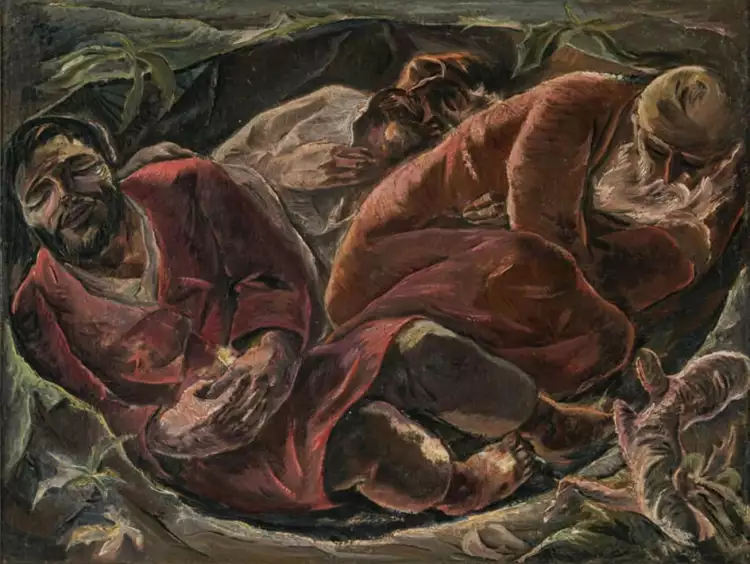 Willi Geiger. Three sleeping saints, 1923
Willi Geiger. Three sleeping saints, 1923
The son of a teacher, Geiger initially underwent various stages of artistic training. He first studied at the School of Arts and Crafts in Munich, then took his state examination as a drawing teacher at the Technical University. From 1903 to 1905, Geiger studied at the Munich Academy under Peter Halm and Franz von Stuck. During this time, he became friends with artists such as Hans Purrmann and Albert Weisgerber, who also painted portraits of Geiger. He exhibited regularly and became a professor at the School of Arts and Crafts in Munich. Geiger also became intensively involved with Spanish art, copying paintings by Goya, Velasquez and El Greco and also borrowing from the Spanish in his own works, as is impressively demonstrated by the work "Saint Sebastian" from the Faußner Collection, for example.
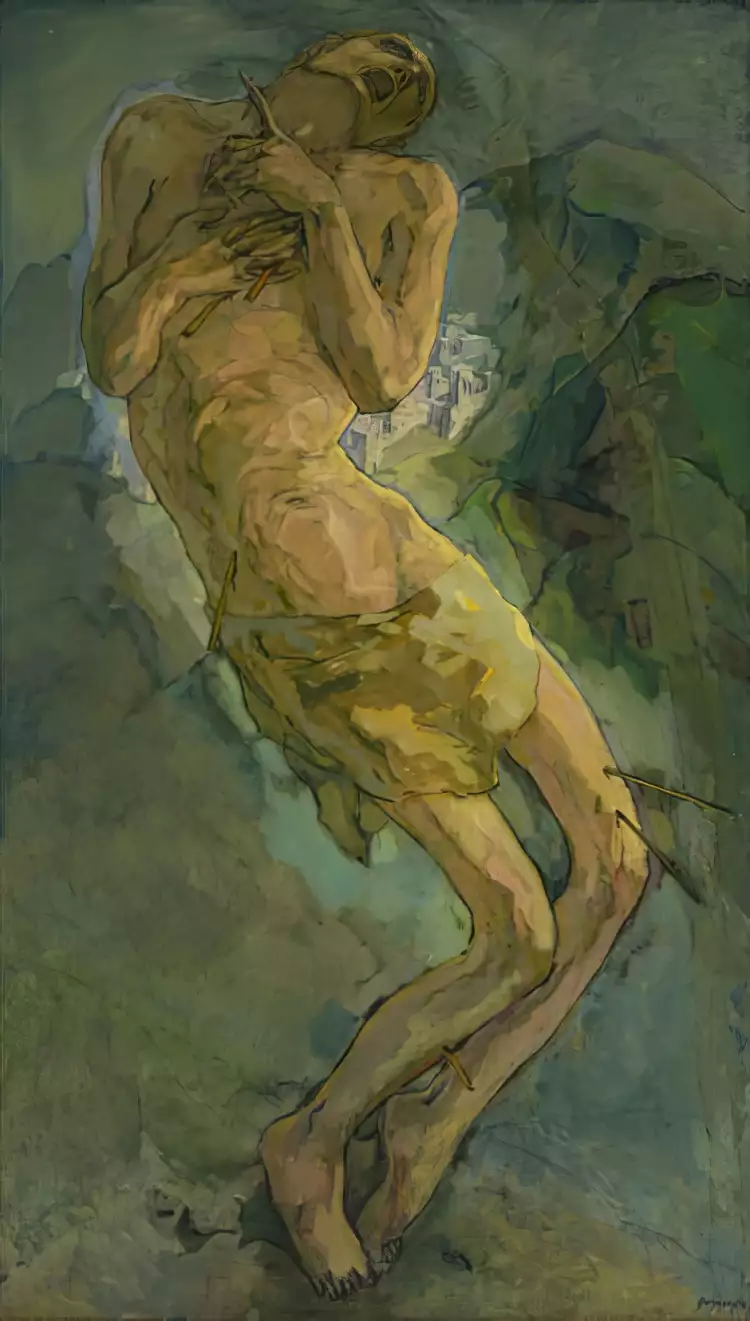 Willi Geiger. Saint Sebastian, 1914
Willi Geiger. Saint Sebastian, 1914
During the Nazi era, Willi Geiger was dismissed from the civil service and his works, slandered as "degenerate", disappeared from museums. Geiger's retreat until the end of the war was a farmhouse, which the artist acquired in Feldwies on Lake Chiemsee in 1932. There he devoted himself increasingly to painting. In his paintings, Geiger transformed the flaming colours of apocalyptic stories into floral motifs and still lifes, imbued with light, transparent tones.
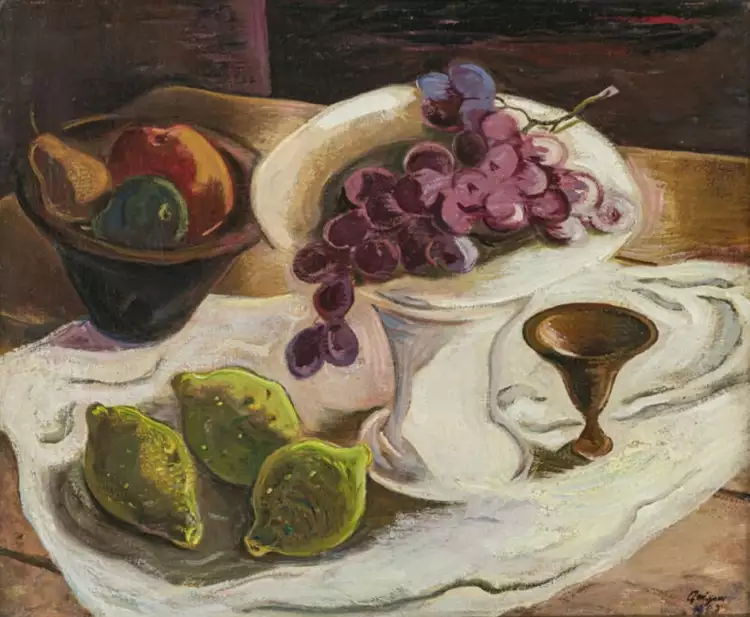 Willi Geiger. Fruit still life, 1942
Willi Geiger. Fruit still life, 1942
After the war, Willi Geiger taught at the Academy of Fine Arts in Munich and received numerous honours, including the Federal Cross of Merit 1st Class in 1958.
Willi Geiger died in Munich in 1971. He leaves behind an artistic legacy that forges a link between tradition and Expressionism. His only child will write another chapter in art history after him: Rupprecht Geiger.
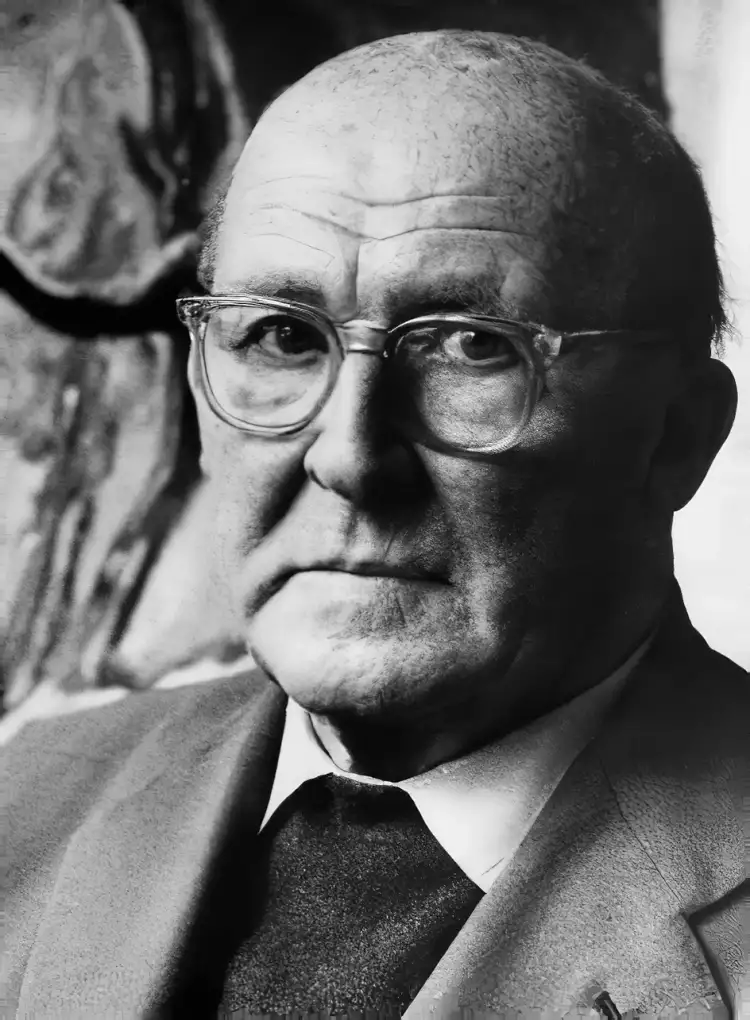
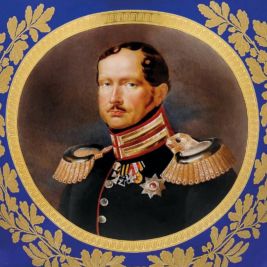 KPM Berlin: Production of exquisite porcelain with a 250-year history
KPM Berlin: Production of exquisite porcelain with a 250-year history  The painting "Bay of Naples" by Ivan Konstantinovich Aivazovsky is an invitation to immerse yourself in the serene beauty of a southern evening
The painting "Bay of Naples" by Ivan Konstantinovich Aivazovsky is an invitation to immerse yourself in the serene beauty of a southern evening 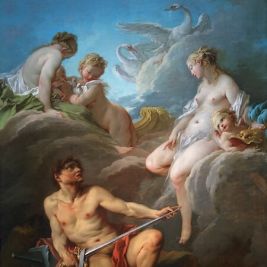 Mythological genre is the captivating world of ancient myths and legends
Mythological genre is the captivating world of ancient myths and legends  Still life is a genre of painting that perfectly reflects the artist's inner universe
Still life is a genre of painting that perfectly reflects the artist's inner universe  Innovative Skyscrapers Reshaping Urban Skylines
Innovative Skyscrapers Reshaping Urban Skylines 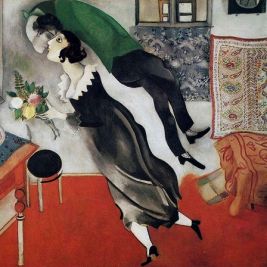 The painting "The birthday" by Marc Chagall is an ode to love capable of soaring above the everyday
The painting "The birthday" by Marc Chagall is an ode to love capable of soaring above the everyday  The painting "In the Orchard" by Laura Knight is a joyful hymn to the sun and summer
The painting "In the Orchard" by Laura Knight is a joyful hymn to the sun and summer 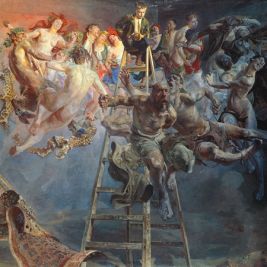 Symbolism: the essence of the term, history in painting, distinctive features, famous symbolists
Symbolism: the essence of the term, history in painting, distinctive features, famous symbolists 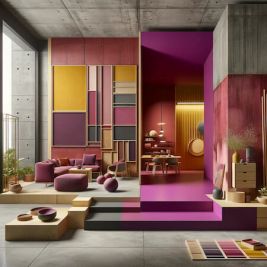 Emerging Color and Material Trends in Architecture for 2023
Emerging Color and Material Trends in Architecture for 2023 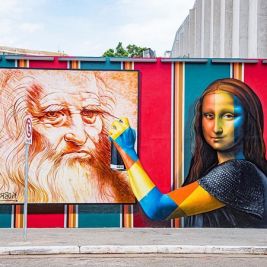 Mural - monumental urban art of immense scale
Mural - monumental urban art of immense scale